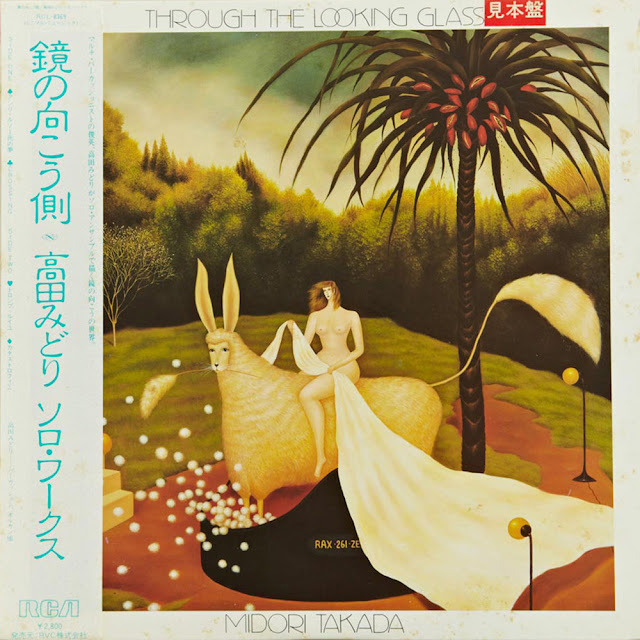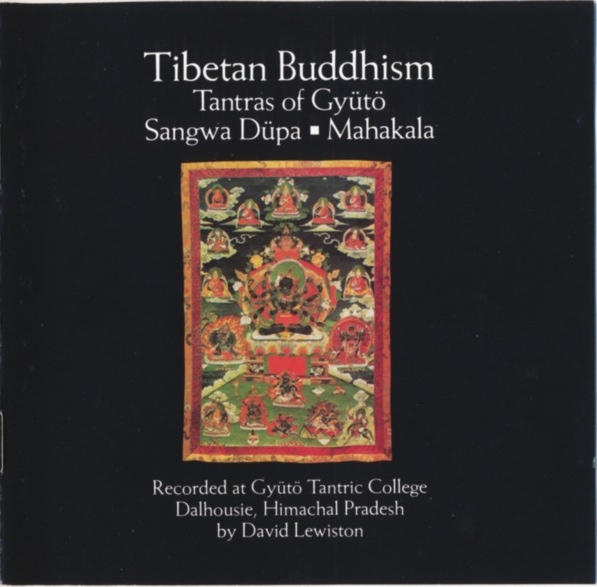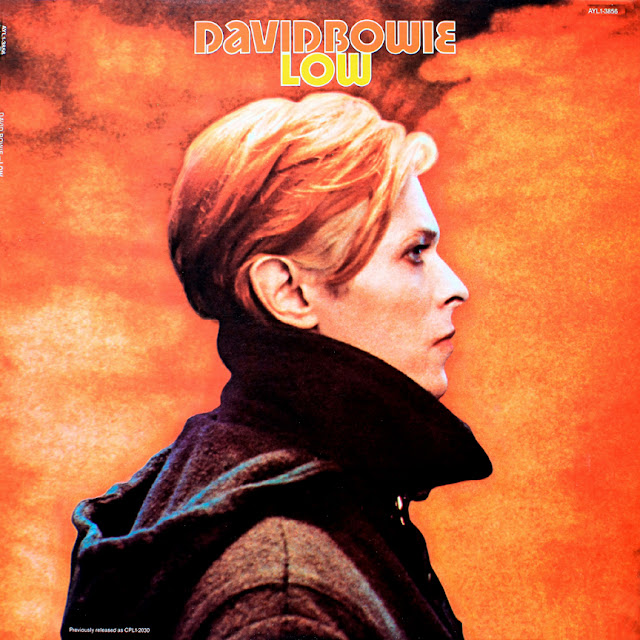
[RIP] David Bowie – Low, 1977


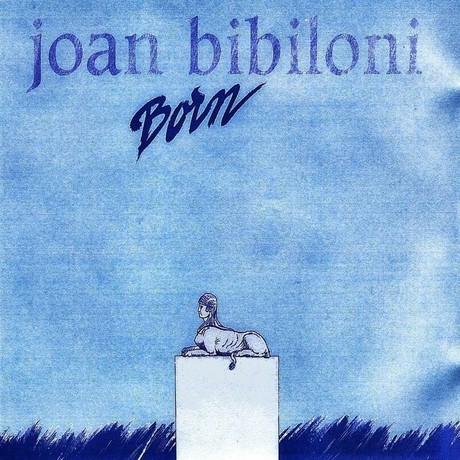

His life’s work was pouring his everything enthusiastically into music. He also loved his studio in Yokohama, putting in speakers and installing the equipment and synthesizers one by one. He fell down and breathed his last breath in that studio while he was making music. He was sixty-five years old, and an acute dissecting aneurysm of the aorta was the cause of his death. However, this is the least important aspect of his passing. Despite an instant death, I believe he knew the time had come, because he was sitting cross-legged with his hands joined together, as if practicing Zen meditation. He was alone, but not lonely, because whenever he was surrounded by music he was happy, as if he were an innocent child. He lived life as a musician and lived as a musician with his whole life.
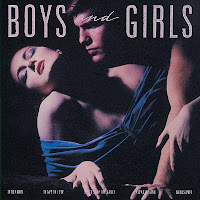 |
buy |
|
 |
||
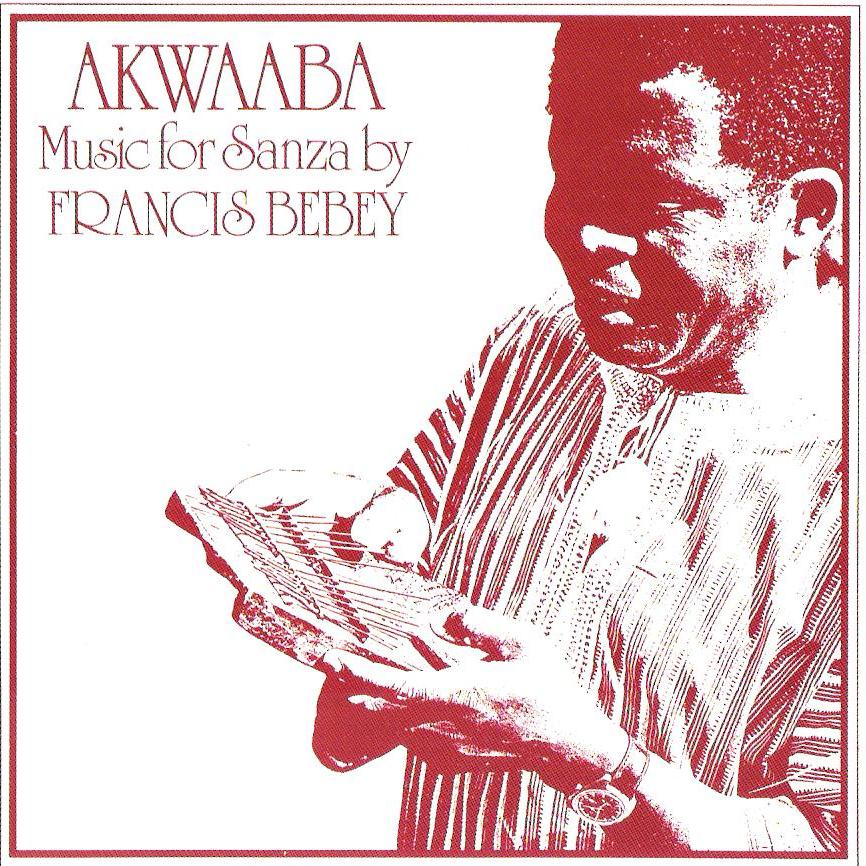 |
buy / download |
|
 |
buy / download |
|
 |
||
 |
download |
|
 |
download |
|
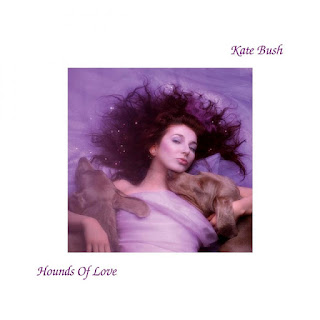 |
buy |
|
 |
buy |
|
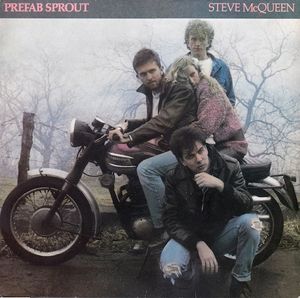 |
buy |
|
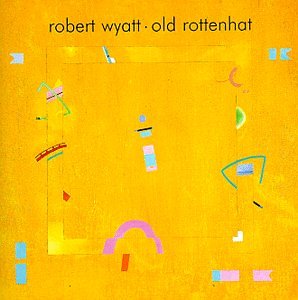 |
buy |
|
 |
buy |
|
 |
buy / download |
|
 |
buy / download |
|
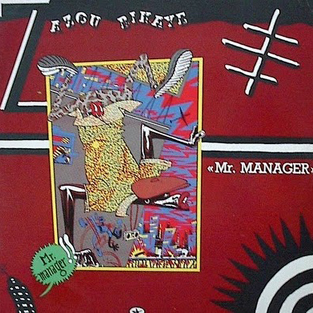 |
download |
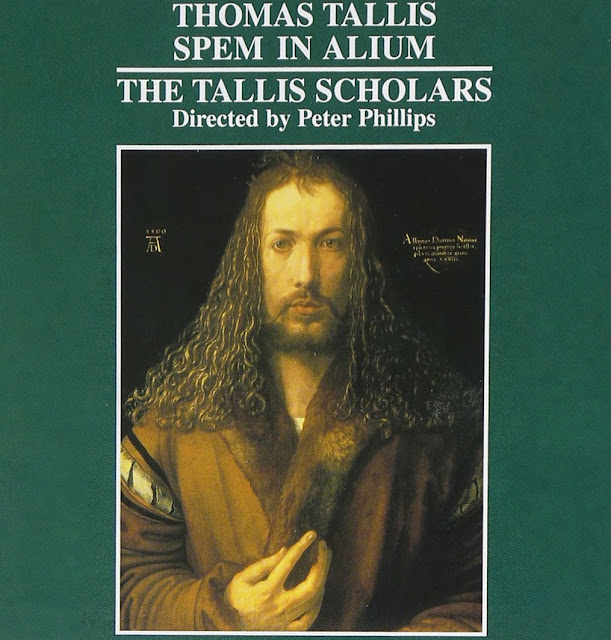
The motet is laid out for eight choirs of five voices. It’s most likely that Tallis intended his singers to stand in a horseshoe shape. Beginning with a single voice from the first choir, other voices join in imitation, each in turn falling silent as the music moves around the eight choirs. All forty voices enter simultaneously for a few bars, and then the pattern of the opening is reversed with the music passing from choir eight to choir one. There is another brief full section, after which the choirs sing in antiphonal pairs, throwing the sound across the space between them. Finally all voices join for the culmination of the work. Though composed in imitative style and occasionally homophonic, its individual vocal lines act quite freely within its elegant harmonic framework, allowing for a large number of individual musical ideas to be sung during its ten- to twelve-minute performance time. The work is a study in contrasts: the individual voices sing and are silent in turns, sometimes alone, sometimes in choirs, sometimes calling and answering, sometimes all together, so that, far from being a monotonous mess, the work is continually presenting new ideas.

